Optimal Timing for Windows Installations
Windows installations are most effective when performed during periods of minimal operational disruption. Optimal timing depends on factors such as system readiness, user availability, and environmental conditions. Proper planning ensures a smooth transition with minimal downtime.
Perform installations during late evenings or weekends to reduce impact on daily operations and productivity.
Coordinate with IT schedules to align with planned maintenance periods for minimal disruption.
Ensure hardware and software prerequisites are met before scheduling the installation for efficiency.
Choose times when users are least active to facilitate smoother updates and troubleshooting.

Technicians carefully plan and execute Windows installations to ensure system stability.

Timing updates during low-usage periods helps prevent workflow interruptions.

Strategic scheduling minimizes downtime and maximizes system performance.
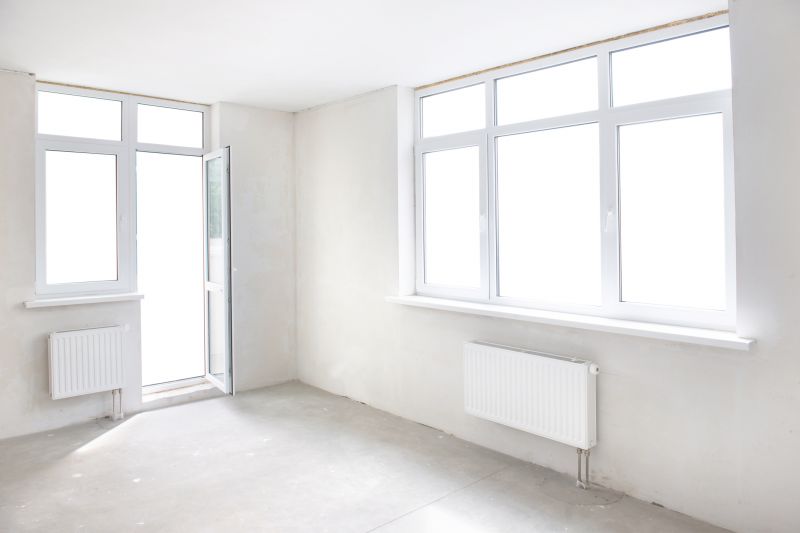
Ways to make Windows Installations work in tight or awkward layouts.

Popular materials for Windows Installations and why they hold up over time.
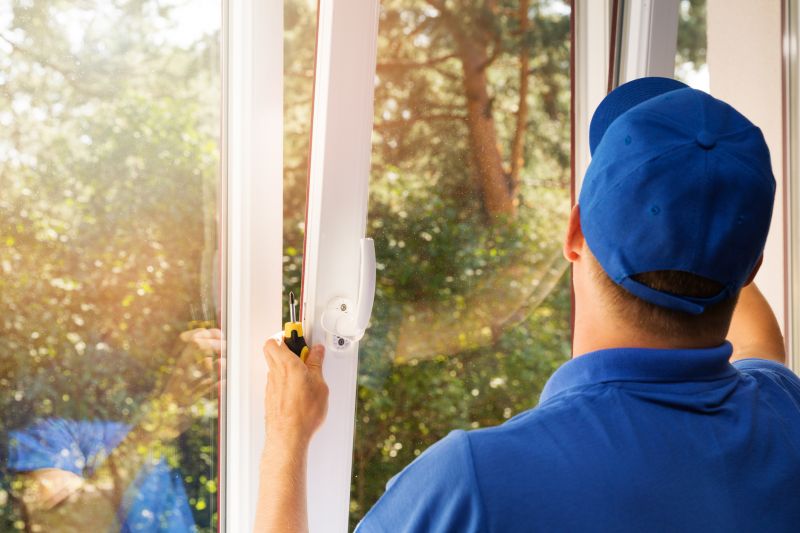
Simple add-ons that improve Windows Installations without blowing the budget.

High-end options that actually feel worth it for Windows Installations.

Finishes and colors that play nicely with Windows Installations.
| Best Time for Windows Installations | Advantages |
|---|---|
| Late Evenings | Reduces impact on daily operations |
| Weekends | Allows extended downtime for complex updates |
| Scheduled Maintenance Windows | Ensures coordinated system updates |
| Off-Peak Hours | Minimizes user disruption |
| After Hardware Checks | Prevents delays due to hardware issues |
Timely Windows installations help maintain system security and operational efficiency. Regular updates are vital for protecting against vulnerabilities and ensuring compatibility with new applications. Planning these updates during optimal times can prevent significant workflow interruptions and improve system longevity.
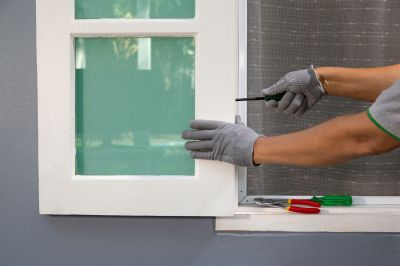
Proper scheduling ensures seamless system transitions.
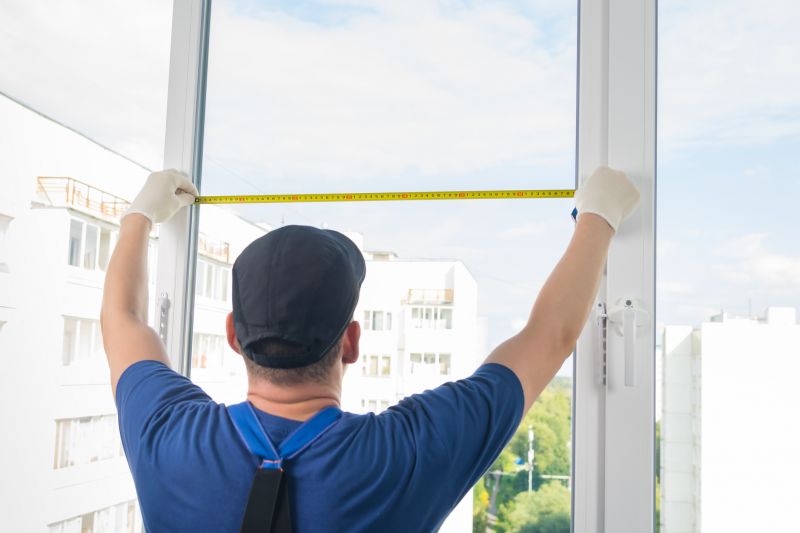
Pre-installation assessments prevent delays.

Scheduled training enhances user adaptation.

Timing allows for effective troubleshooting.
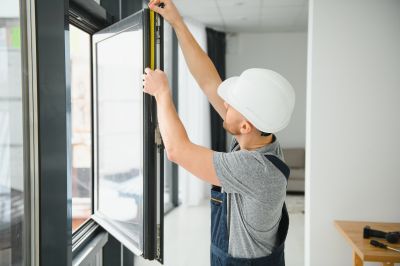
Little measurements that prevent headaches on Windows Installations day.

A 60-second routine that keeps Windows Installations looking new.

A frequent mistake in Windows Installations and how to dodge it.

Small tweaks to make Windows Installations safer and easier to use.
Interested in scheduling a Windows installation? Filling out the contact form provides an opportunity to plan updates at the most suitable times, ensuring minimal disruption and optimal system performance.






